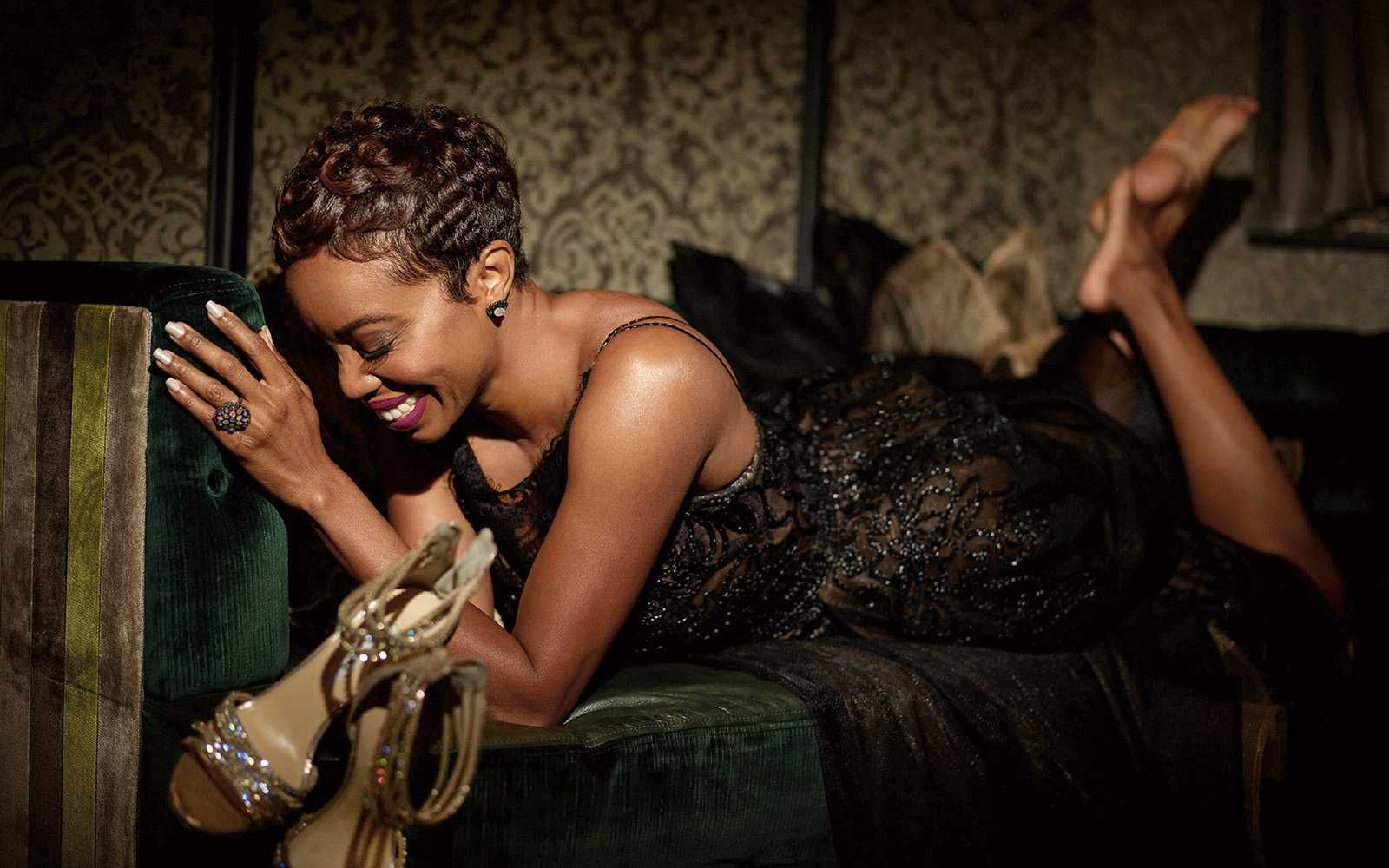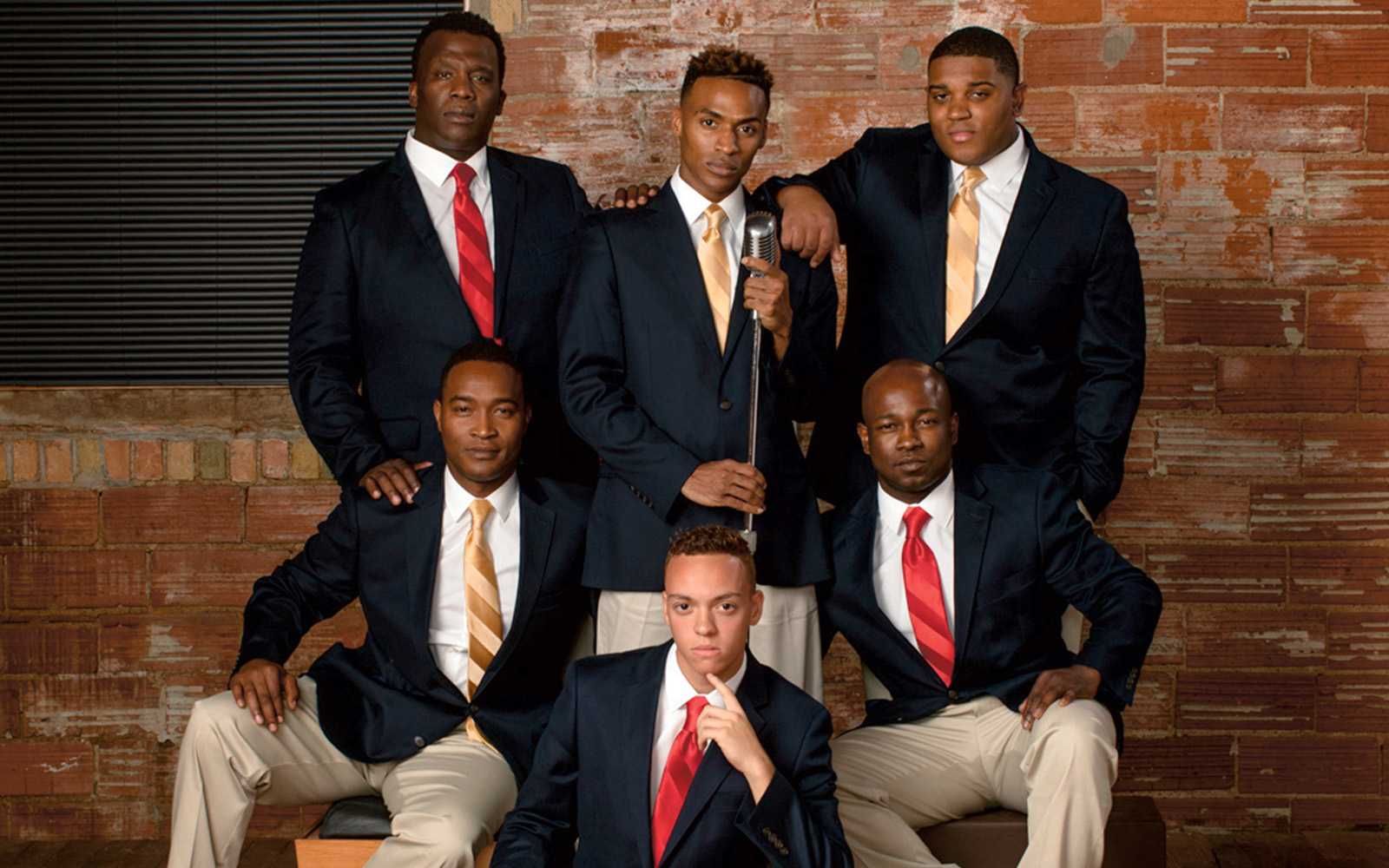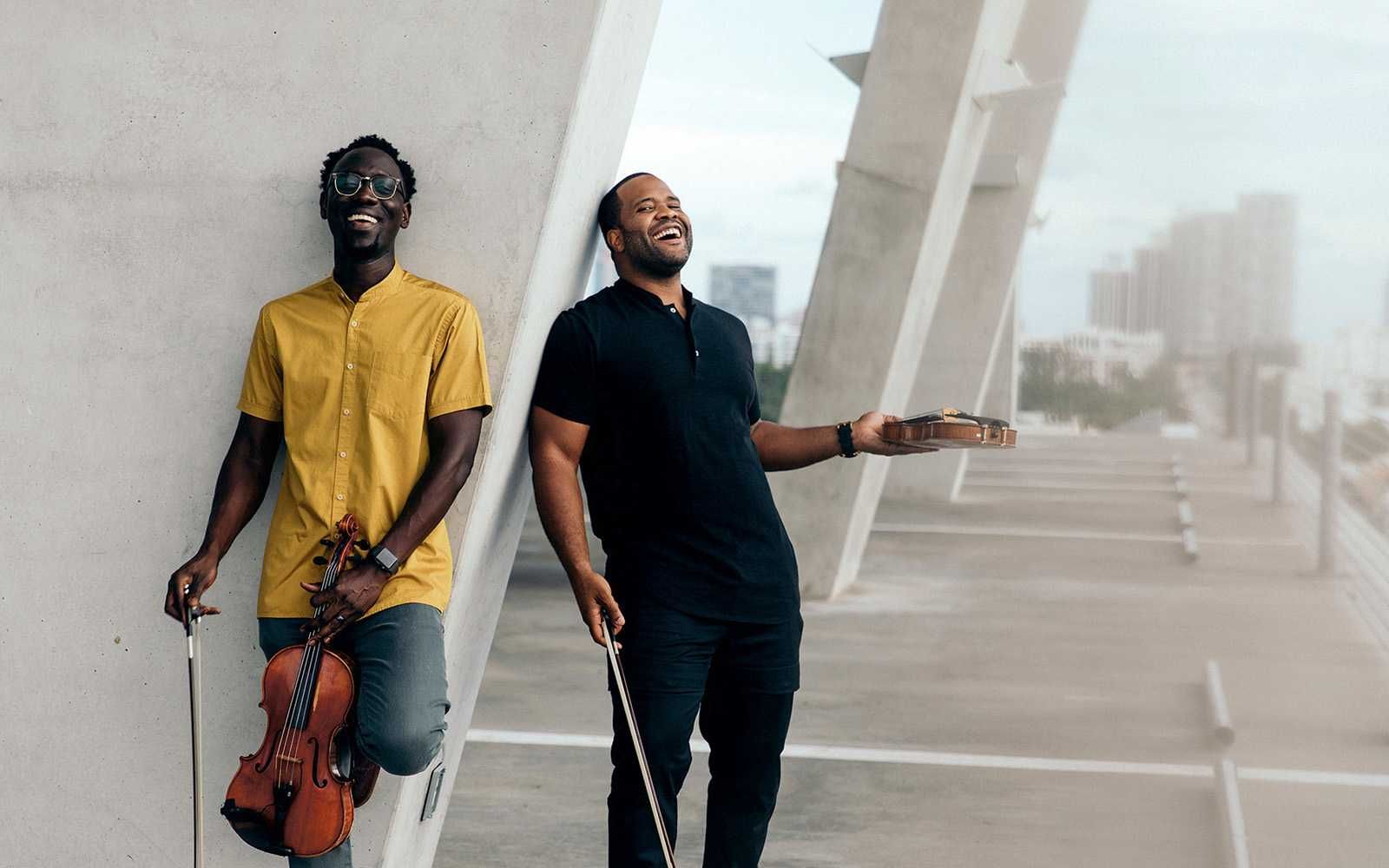Fort Wayne is fortunate to be among the first in the country to see the new touring production of The Color Purple, the musical which became the latest incarnation of a beloved and critically acclaimed novel.
With the cast in rehearsals and unavailable for interviews, not much is known about the current production, but there is a tremendous history, spanning more than two decades, that led to The Color Purple taking the Embassy stage.
Novel published in 1982
Since it was published in 1982, Alice Walker’s powerful novel The Color Purple has resonated with readers with its stark portrayal of African American women in the Deep South during the early part of the 20th century.
Although often a story of harsh realities and abuse, the story is also one of strength and survival, providing a portrait that extends beyond the issues of race and social eras.
The success of the book — which won the Pulitzer Prize in 1983 — inevitably led to a 1985 Hollywood adaptation directed by Steven Spielberg and making movie stars of Whoopi Goldberg and Oprah Winfrey. The film received wide acclaim and 11 Oscar nominations. Noted New York Times film critic Janet Maslin wrote in her review how Spielberg’s film interpretation brought a new dimension to the novel’s story.
“Mr. Spielberg has looked on the sunny side of Miss Walker’s novel, fashioning a grand, multi-hanky entertainment that is as pretty and lavish as the book is plain. If the book is set in the harsh, impoverished atmosphere of rural Georgia, the movie unfolds in a cozy, comfortable, flower-filled wonderland. … Some parts of it are rapturous and stirring, others hugely improbable, and the film moves unpredictably from one mode to another. From another director, this might be fatally confusing, but Mr. Spielberg’s showmanship is still with him. Although the combination of his sensibilities and Miss Walker’s amounts to a colossal mismatch, Mr. Spielberg’s Color Purple manages to have momentum, warmth and staying power all the same.”
Hitting Broadway
Twenty years later, and largely on the powerful name and financial support of Oprah Winfrey, The Color Purple was once again reinvented, this time as a Broadway musical. Quincy Jones co-produced, but the artists who brought Walker’s story to life in still another form were primarily women.
With a book by Marsha Norman and music and lyrics by Brenda Russell, Allee Willis, and Stephen Bray, the musical earned 11 Tony nominations, equaling the number of Oscar nominations for the film. The show remained on Broadway for three years but opened once again in 2015, this time earning a Tony for Best Revival of a Musical.
Ultimately, however, it was the staunch support of Winfrey that put the wheels in motion for a musical adaptation. Winfrey explained her dedication to Walker’s novel and determination to be in the subsequent film in a 2014 interview about her film career.
“The Color Purple was a seminal moment in my life,” Winfrey said. “I read the book when it came out. The first thing I would do on Sundays in 1983, when the book first came out, is the same thing that I do now. I would get the New York Times and read the book section. Now that I’m in Los Angeles, it’s the L.A. Times, but I was in Baltimore, so it was New York Times. So I got the book section and I read this review of Alice Walker’s book, The Color Purple. I was in my pajamas, and I put my coat on, over my pajamas, and went to the book store. I got the book and read it, in one day. And then, I went back, the next day, and bought every copy they had. I would hand the book out to everybody that I knew. I passed it around to everybody in the office. I became obsessed with the book. I moved to Chicago and I would literally walk around with a backpack filled with books because I didn’t have a book club, and I would just start a conversation with people and say, ‘Have you read The Color Purple?’ And if they hadn’t, I’d say, ‘Here, have a copy, right here.’ I was literally obsessed with it.
“Then, I heard they were going to do a movie. People were saying, ‘Somebody’s going to make a movie about that.’ And I say, ‘God, you’ve got to get me in that movie.’ Now, I had never been in a movie. I didn’t know anything about movies. But I started praying to be in the movie. I was going to try to get in that movie. Quincy Jones came to Chicago because he was producer of the Thriller album and there was a lawsuit being filed against Michael Jackson. Somebody said that Billie Jean was their lover, and that he stole it, or whatever. Quincy Jones was there to prove that Billie Jean was not their lover.
“He had taken a red eye and he was getting out of the shower, and he turned on the TV in his hotel room. I was on AM Chicago and Quincy Jones saw me on that, and he said, ‘That’s Sofia.’”
Next: A musical film
Winfrey is now preparing to take Walker’s story in still another direction, teaming once again with Spielberg to turn the novel turned film turned musical into a musical film, ever expanding the reach of the story and its characters.
But there’s still no better way to experience a musical than to do so live and in a theater with the performers only a few yards away. That experience awaits audiences at the Embassy Theatre next week, and it’s one not to be missed.
 Submit Your Event
Submit Your Event



